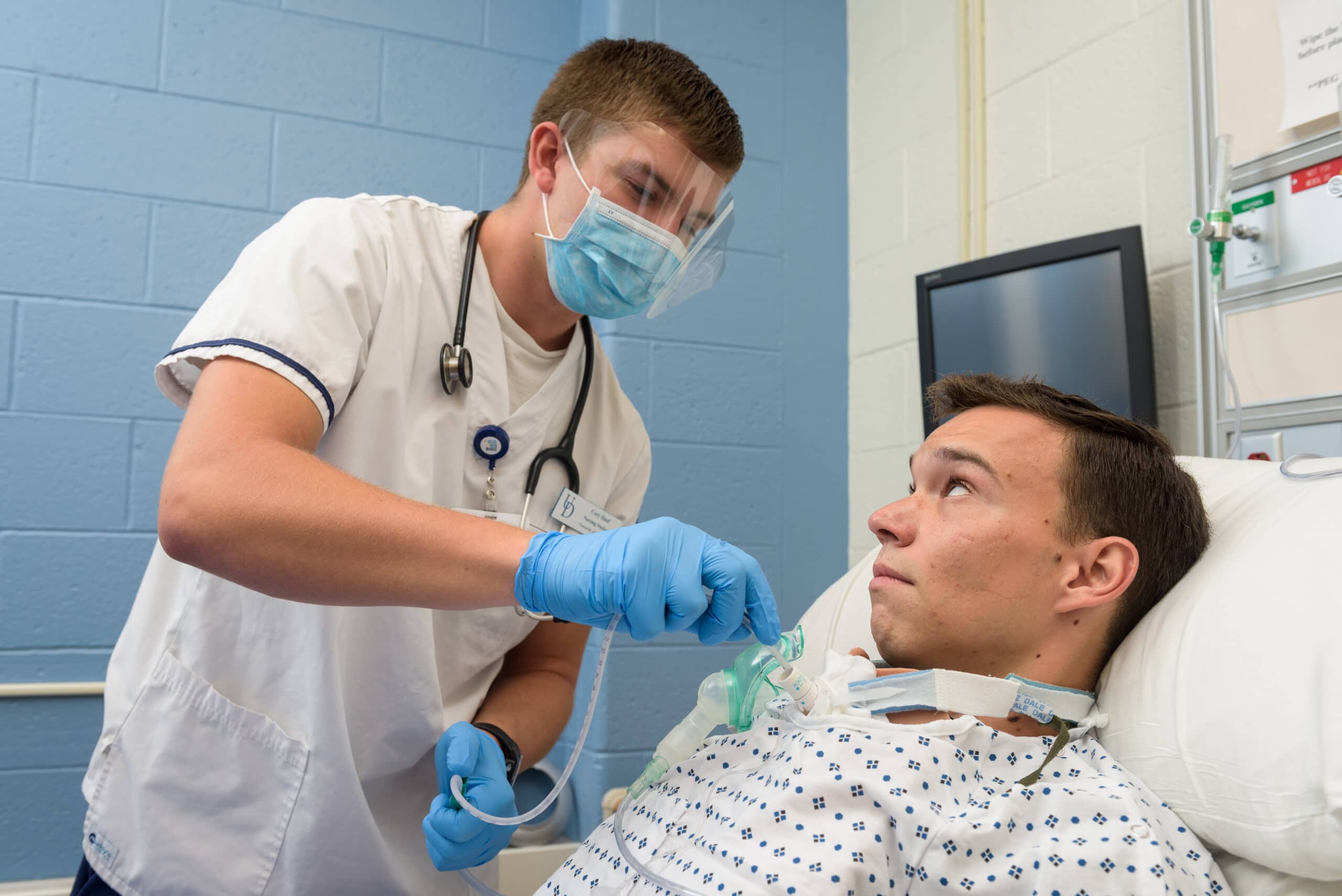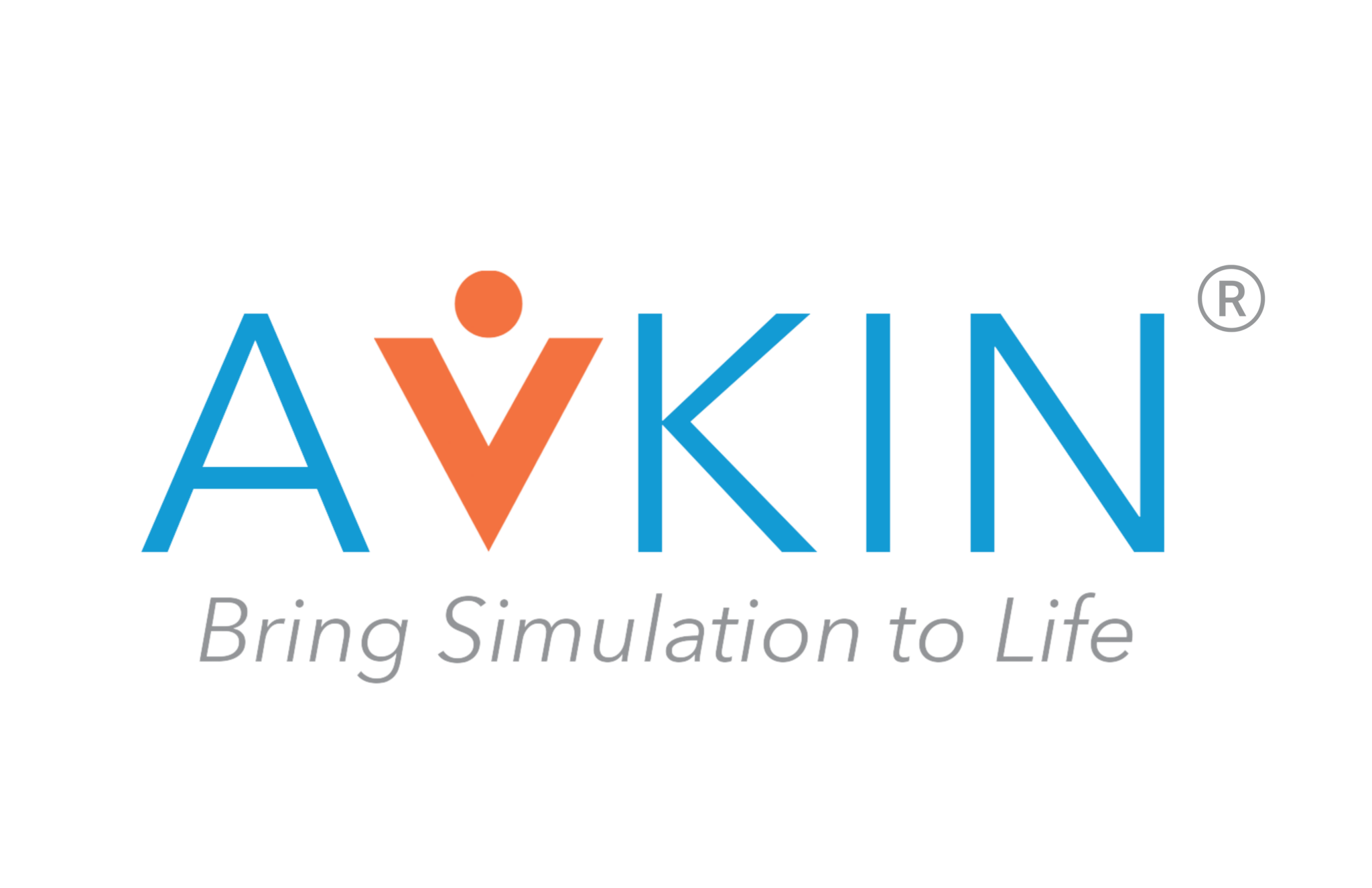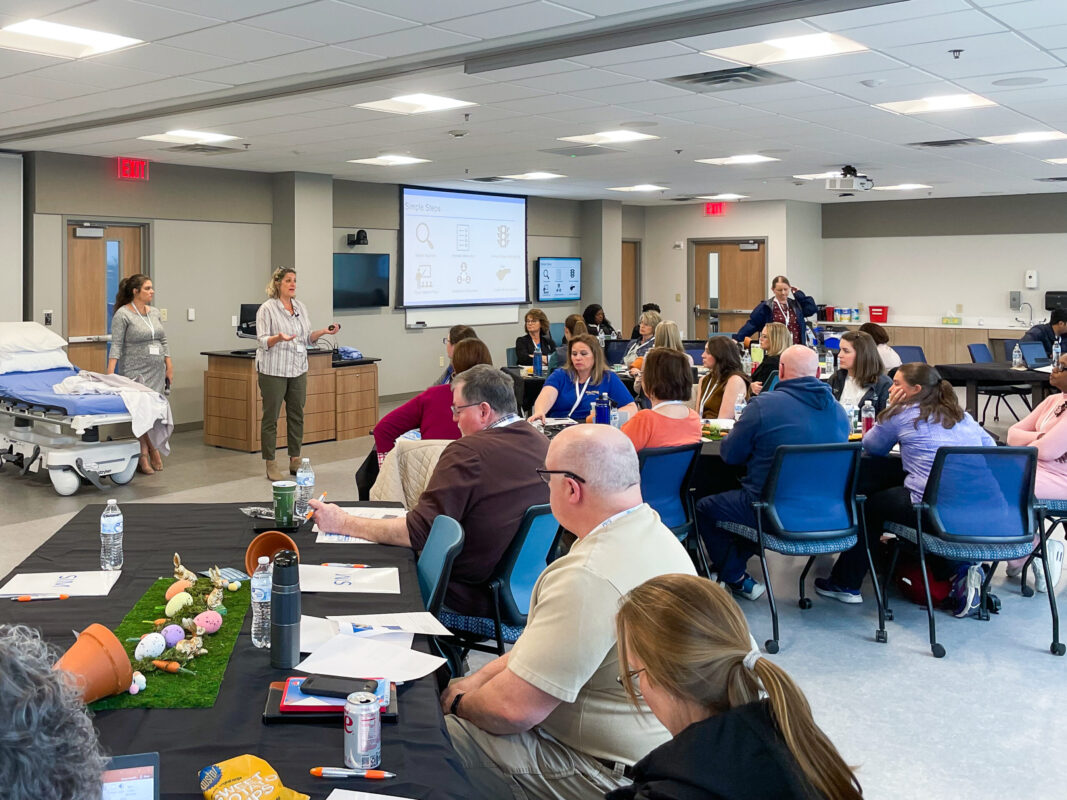What Is a Wearable Simulator?

Chapter 2.5 of Defining Excellence in Simulation Programs describes wearable simulators as products “designed with interactive technology and realistic anatomy and physiology to replicate associated patient care.” Similar to the game of Operation®, sensors embedded into the wearable product send haptic signals to the wearer, allowing them to provide real-time, authentic patient reactions throughout the learning experience.
There has been significant momentum to replace outdated manikins with simulated participants/standardized patients (SPs) because SPs have been identified as a superior learning modality in healthcare simulation. Historically, a critical limitation of SP methodology is that it cannot replicate abnormal physical findings or complex patient presentations. Wearable simulators address these limitations and now provide the highest fidelity simulation experience for healthcare students.
SP Design and Integration
Each wearable simulator is designed to be worn comfortably by an SP during simulation learning. It has the needed anatomic landmarks and associated physiology to allow a perfectly healthy SP to become a “patient” with the altered physiology required to challenge the learners. Because the embedded technology provides inconspicuous haptic signals to the SP, they can authentically respond verbally and non-verbally, developing learners’ communication skills.
Wearable simulators elevate the integration of SPs in both formative and summative simulation experiences allowing learners to really practice their assessment skills and authentically demonstrate their critical thinking proficiencies in a safe, controlled setting. Wearable simulators remove the traditional limitations of SP methodology and maximize simulation learning.
Though wearable simulators are not yet defined in the Healthcare Simulation Dictionary, when the simulator is worn by a trained SP, it is considered a form of hybrid simulation. The dictionary defines hybrid simulation as “the union of two or more modalities of simulation to provide a more realistic experience.”
Currently, wearable simulators are developed and sold by Avkin some other companies have dabbled in the world of wearable simulators, but no other company has such an extensive line-up. As leaders in the field, the company really dialed into the customer’s needs with approachable technology. The founder and CEO, Amy Cowperthwait, was tired of hauling manikins from one room to another and invented Avtrach, Avkin’s first wearable simulator, which was released at IMSH 2014. Avkin’s most recent release Avbirth generated a lot of buzz at INACSL’s conference in 2022. These wearable simulators are truly something you have to see in action.
Example
A non-pregnant person of childbearing age is recruited and trained to be an SP. Though not pregnant in real life, they can wear the Avbirth, a wearable childbirth simulator, and Avband, a smartwatch look-alike that serves as a 3-way communication device between the product, SP, and facilitator. The Avband sends cues to the SP based on care being provided so they can react in real-time. The simulation begins with the patient in the throes of labor.
The SP knows the appropriate time to respond to the contractions through haptic vibrations emitted from the Avband. Throughout the simulation, the learners are coaching the laboring mother, responding to their questions, assisting them in repositioning, observing the patterns on the fetal heart monitor, and learning to communicate with the patient and their team.
Increased Realism
A common pain point for simulationists is for students to say, “If it were a real person, I would have said/done [that].” This comment deflates and negates the purpose of simulation. The authenticity and realism of wearable simulators so closely mimic clinical care that learners are no longer forced to “suspend disbelief” as in manikin simulation because the patient and their reactions are authentic from the beginning to the end of the simulation.
Often the term high-fidelity simulation is associated with the technology in manikins, but in reality, a high-fidelity simulation is about how lifelike a simulation feels to the learner. Another distinct benefit to this type of simulation modality is that the learners will have an opportunity to receive feedback and insight from the SP during the debriefing process.
This benefit is huge as it allows them to gain insight into how they are perceived as healthcare professionals, understand the development of therapeutic relationships, and develop confidence in their communication skills which is desperately needed in next-gen education.
Note: For more information about the description of wearable simulators, see Chapter 10 or page 7 of Defining Excellence in Simulation Programs.













